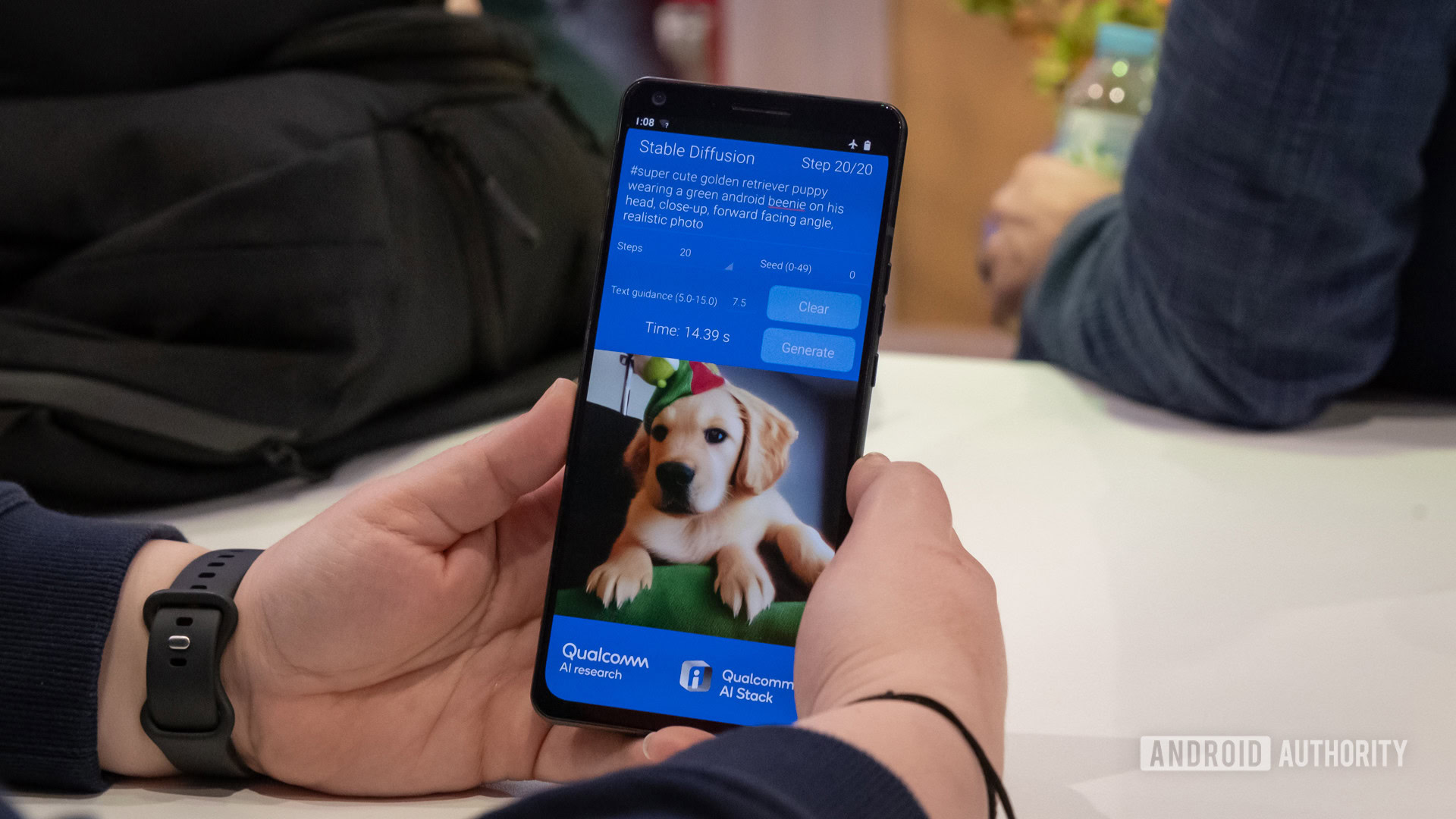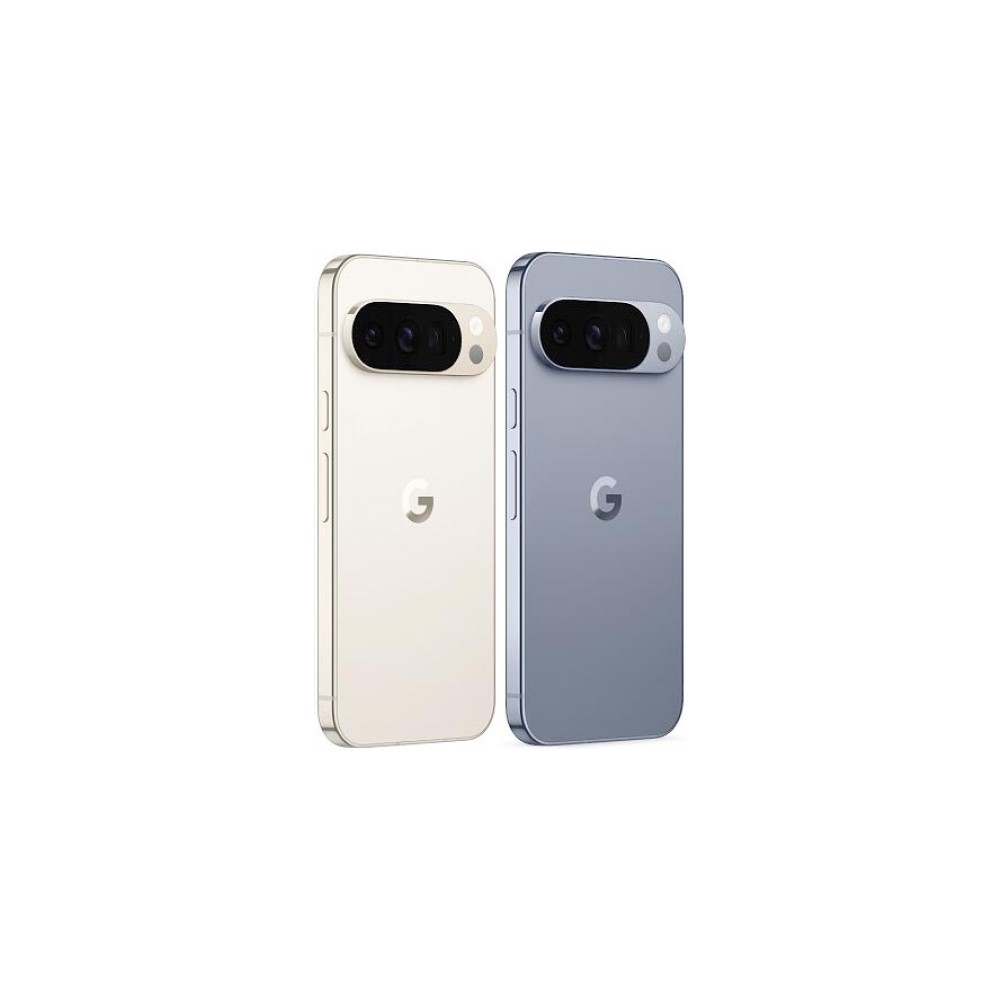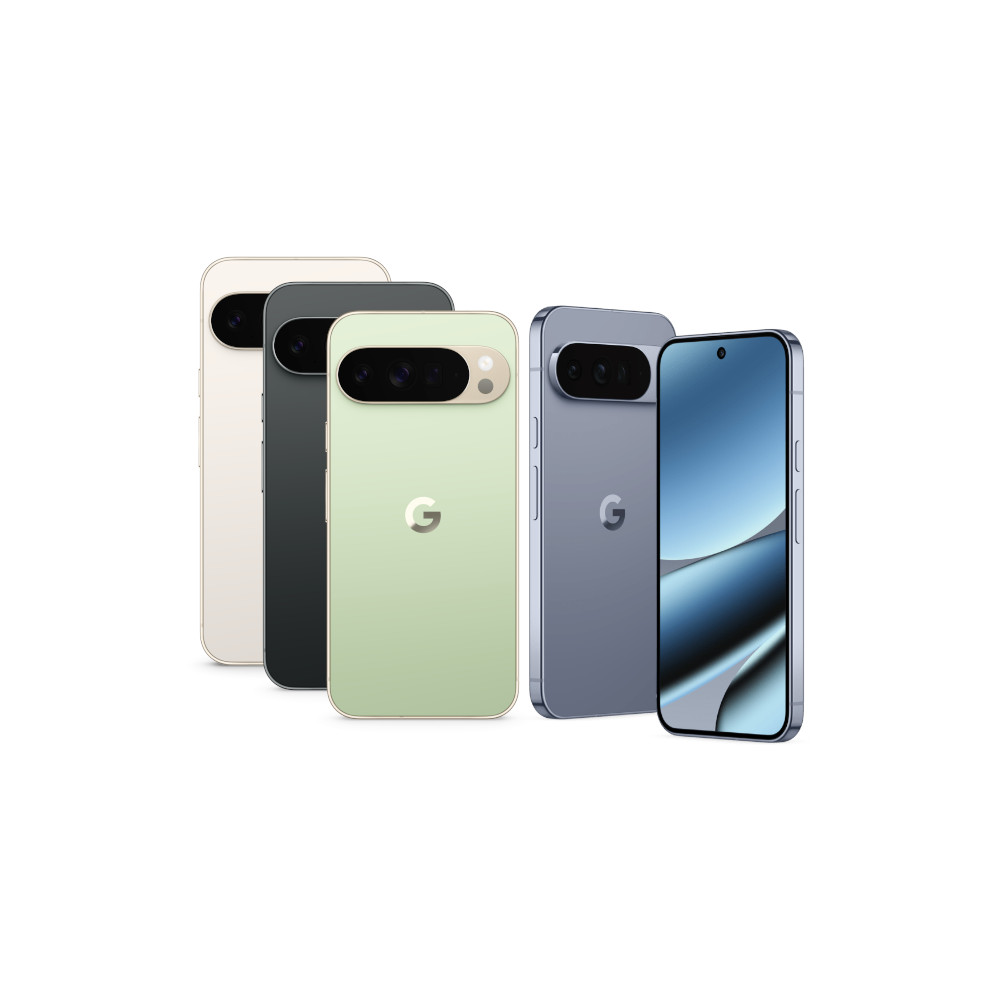Google loves AI, and it’s doubled down on the tech with every new Pixel generation. But this year’s Pixel 10 Pro and Pro XL take things to another level, introducing a diffusion model to upscale images from the phone’s conservative 5x optical zoom into telescopic-length 100x photos.
Google is no stranger to computational photography or AI-assisted imaging — features like Add Me and Astrophotography mode laid the groundwork for its ongoing evolution. However, the introduction of diffusion models in the Pixel 10 Pro series marks a significant shift: using generative AI to reconstruct details beyond what the sensor can physically capture.
Thankfully, Google includes the original, unprocessed photo alongside the enhanced version, allowing users to decide how much AI is too much. Google also securely writes AI metadata into the file so others can check if pictures have been artificially enhanced. Still, this all begs the question about whether AI enhancements risk going too far.
Don’t want to miss the best from Android Authority?
What is diffusion upscaling?

Robert Triggs / Android Authority
If you’ve followed the AI landscape at all, you’ve probably encountered the term diffusion in the context of image generation. Stable Diffusion was the breakout image generation tool that brought the concept mainstream — Qualcomm even managed to get it running on a demo phone a couple of years back.
Diffusion models are fascinating because they recreate images from random noise, refining them over many iterations to match a target prompt. They’re trained by progressively introducing more noise to an image and then learning to reverse that process. Diffusion can generate realistic images from essentially nothing, but it can also clean up noisy images or super-size low-resolution ones.
Still, we’re not talking full-blown image regeneration with the Pixel 10 Pro. Starting from a low-res or noisy zoomed-in crop (instead of pure noise), Google’s diffusion model acts as an intelligent denoiser, polishing up edges and fine details without reinventing swathes of the original image — at least in theory. Done well, you could consider it a texture enhancer or AI sharpener rather than a synthetic image generator.
Are you OK with phones using AI to add more detail to pictures?
152 votes
Yes, it’s fine.
34%
It’s OK, but only in moderation.
45%
No, it’s wrong.
22%
![]()
Based on patterns learned from countless training images, the model fills in textures and details that should statistically exist beneath the noise. That seems to be closer to Google’s angle here, though some creative license will always exist with diffusion.
That said, the lower the quality of the input, the more likely the model is to misinterpret what it sees. Extremely noisy or low-res images, such as 100x long-range shots in less ideal lighting, are more prone to aggressive “hallucination,” where entire details or even objects can be reinvented. Early results suggest that 100x is perhaps a stretch too far for Google’s diffusion upscaling approach. Perhaps shorter distances will look better.
Diffusion creates detail from noise — whether for generating new images or touching up existing ones.
Google already seems aware of this approach’s limitations. During our pre-brief, it was highlighted that special tuning is applied when a person is detected in the shot to prevent “inaccurate representation.” Likewise, Google suggests its model is best for landscapes and landmarks (think solid, block textures) while wildlife is best kept to a more limited range in the region of 30x to 60x, likely because fine textures like fur are far more complex to fake convincingly.
More importantly, Google takes a different approach when it detects people as the subject. Diffusion’s random approach to detail enhancement might be fine for minor textures on brickwork or distant trees, but it’s potentially rather troublesome for facial features, hence why Google flicks the off switch in these situations. To demonstrate, I generated a random, low-res AI image of a person and ran a 3x diffusion upscale eight times using precisely the same settings.

Same algorithm, eight slightly different-looking versions of the same person, but which is even close to the original image? Minor, random variations in eyes, eyebrows, hairlines, and facial structures can make people look somewhat different when upscaled via diffusion. There’s always the risk that a diffusion model makes far more glaring mistakes, some of which can be horrifically jarring. Google might be erring on the side of caution here, but there’s no guarantee that other brands will do the same.
Is this good or bad?
![]()
Rita El Khoury / Android Authority
Clearly, inventing details in your pictures is a contentious topic and marks a notable shift from Google’s past image processing efforts at long range. Previous versions of Super Res Zoom relied on sub-pixel shifts between frames to extract and enhance real additional detail when shooting past 10x — a clever multi-frame sampling technique rooted in physics and optics, with a dose of innovative processing to piece it altogether.
Historically, Google’s reputation for computational photography has revolved around doing more with less, but all based on actual captured data. HDR layering, Night Sight, and Astrophotography blend information harnessed from multiple frames and exposures, but nothing is invented out of thin air.
Diffusion, however, is a departure. It hallucinates extra detail that looks real based on patterns from thousands of similar images — but it’s not necessarily what was actually there when you pressed the shutter. For some users, that might cross a line.
Diffusion marks a shift in Google’s use of AI to enhance your pictures.
Then again, at 100x, your eyes couldn’t see what was really there either. As long as the image looks believable, most people won’t know — or care. Pixel fans have already embraced other AI tools that make pictures look better. Magic Editor, Best Take, and Photo Unblur all leverage machine learning to reshape reality to some degree. And rather than protest, many users rave about them.
Google also isn’t alone in exploring AI upscaling. The OnePlus 13 and OPPO Find X8 series boast impressive long-range zoom results based on OPPO’s AI Telescope Zoom, which again fills in missing details at extreme distances. These phones offer extremely compelling long-range zoom capabilities from seemingly modest lenses.

Let’s face it: Between color profiles, filters, and RAW edits, the boundary between a photo and what’s real has always been blurry. Personally, I’ll take more emovite color pallets over hardcore realism every time. Object removal and diffusion are just more tools on the belt to help you capture the pictures you want to take.
Still, I can’t help but feel that padding out fine detail is a cheap shortcut. Smartphones can’t overcome the range limitations of compact optics, but inventing the details hardly feels like a compelling solution. But what concerns me more is what comes next; if 30x is acceptable today, what stops that kind of hallucination from creeping into your 10x shots tomorrow? Would you be happy with a phone that uses AI outpainting instead of a real wide-angle lens?
While there’s plenty of grey area, there’s a boundary hidden somewhere within. The Pixel 10 Pro’s long-range zoom feels like it’s approaching it, and fast.
Google Pixel 10 Pro
Top-tier specs with small display
Satellite SOS
Powerful AI tools
Bright display
Google Pixel 10 Pro XL
Biggest non-folding Pixel phone
Best specs and AI features
Thank you for being part of our community. Read our Comment Policy before posting.

